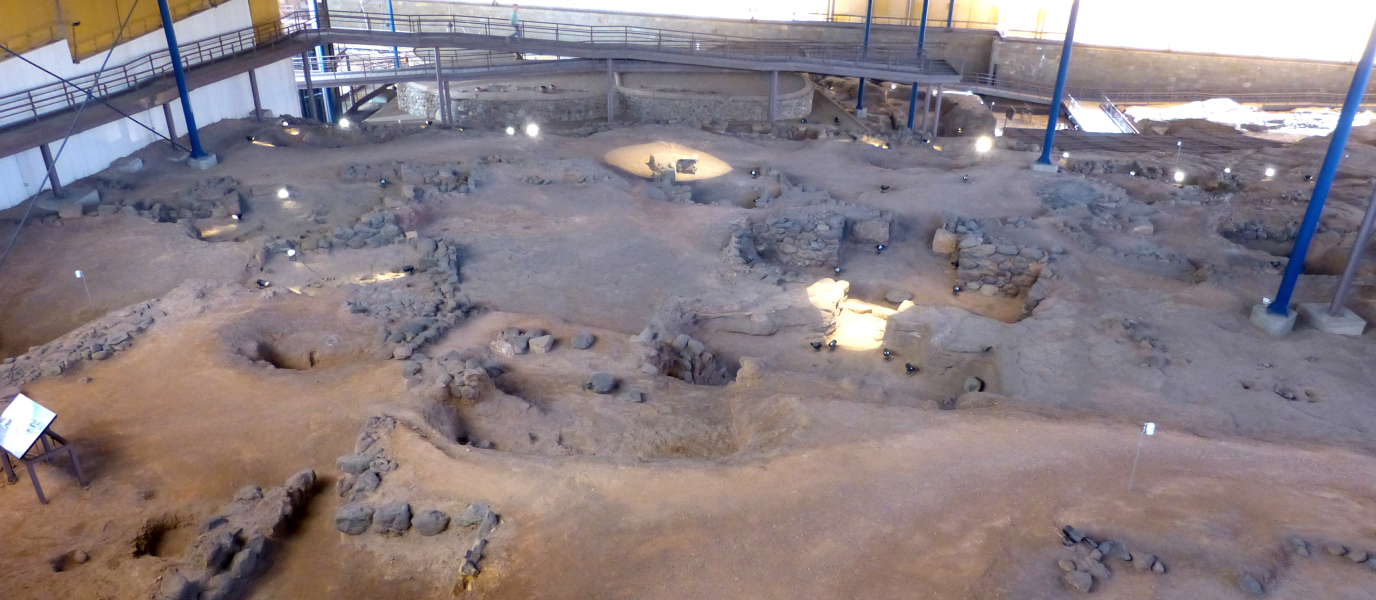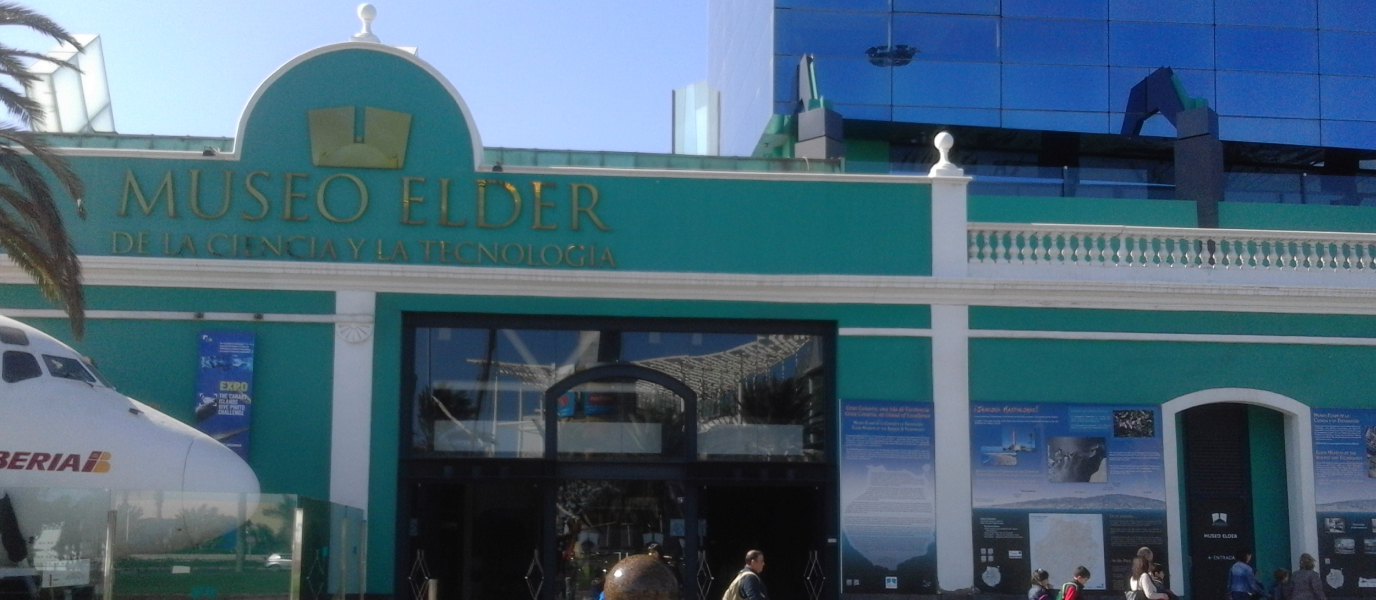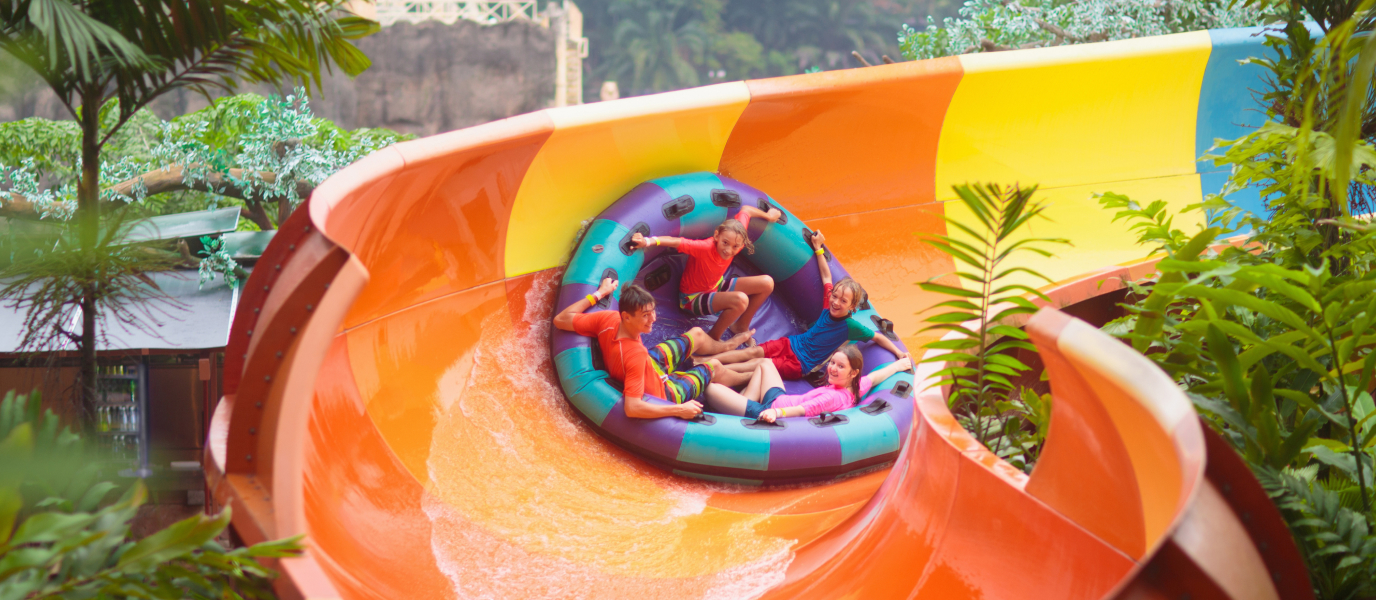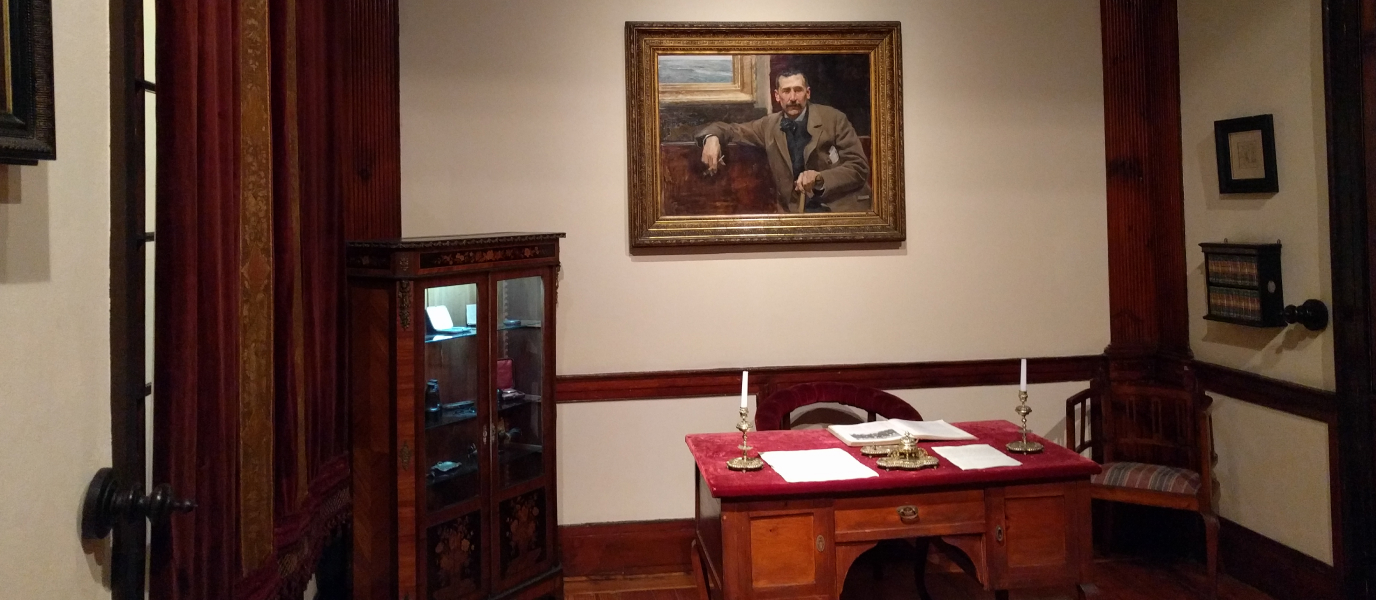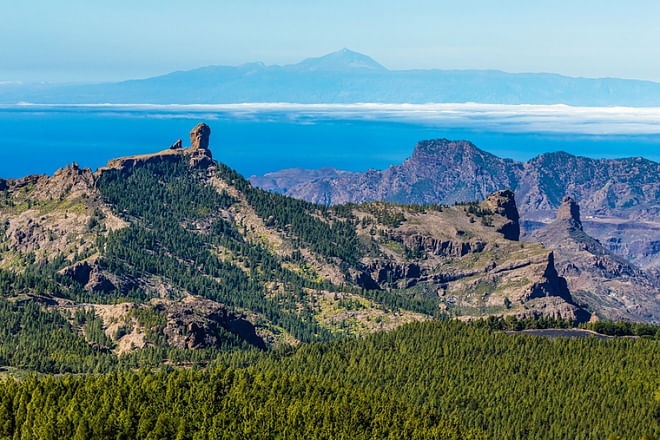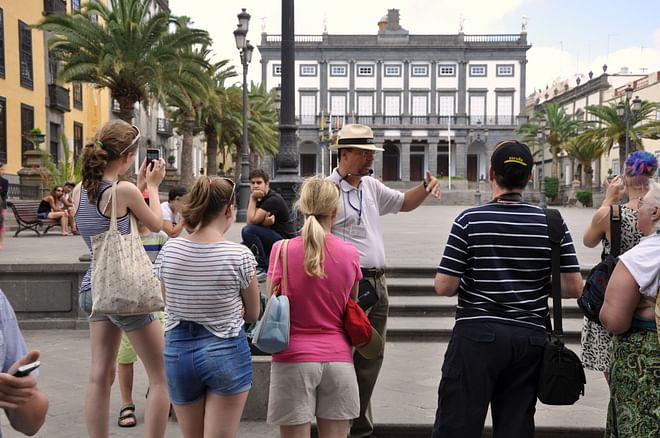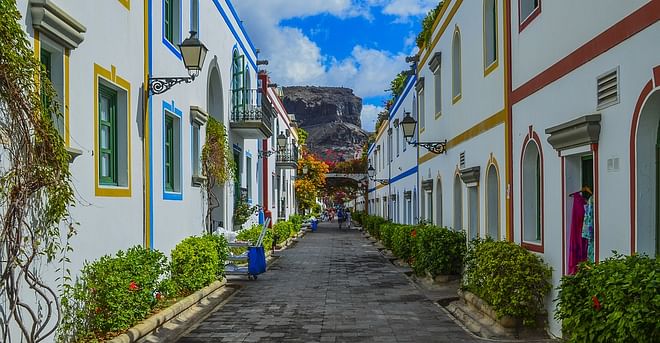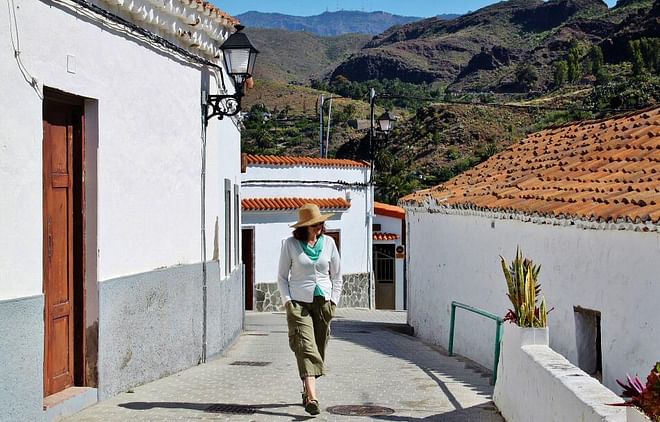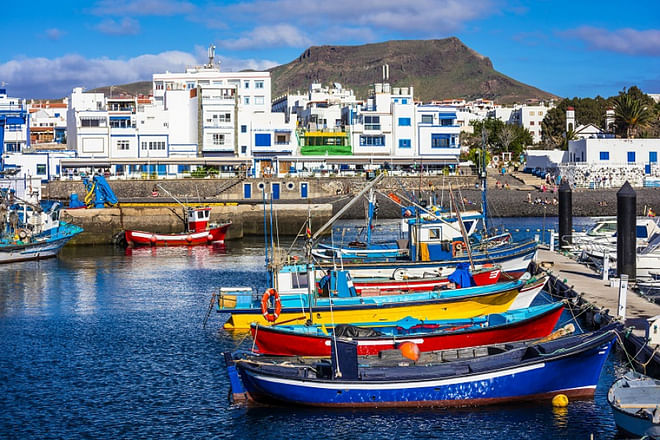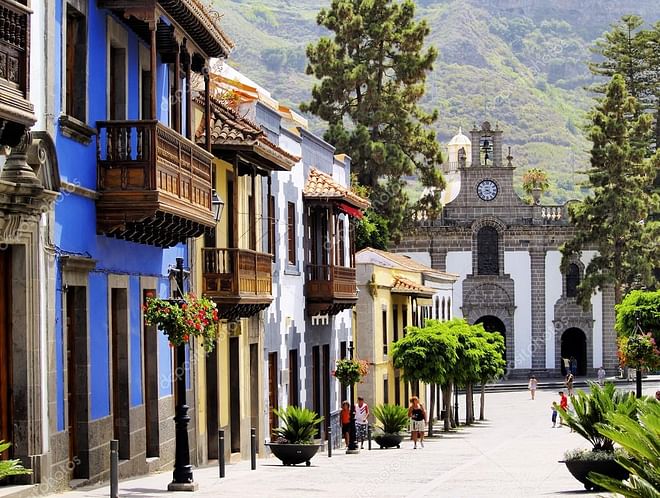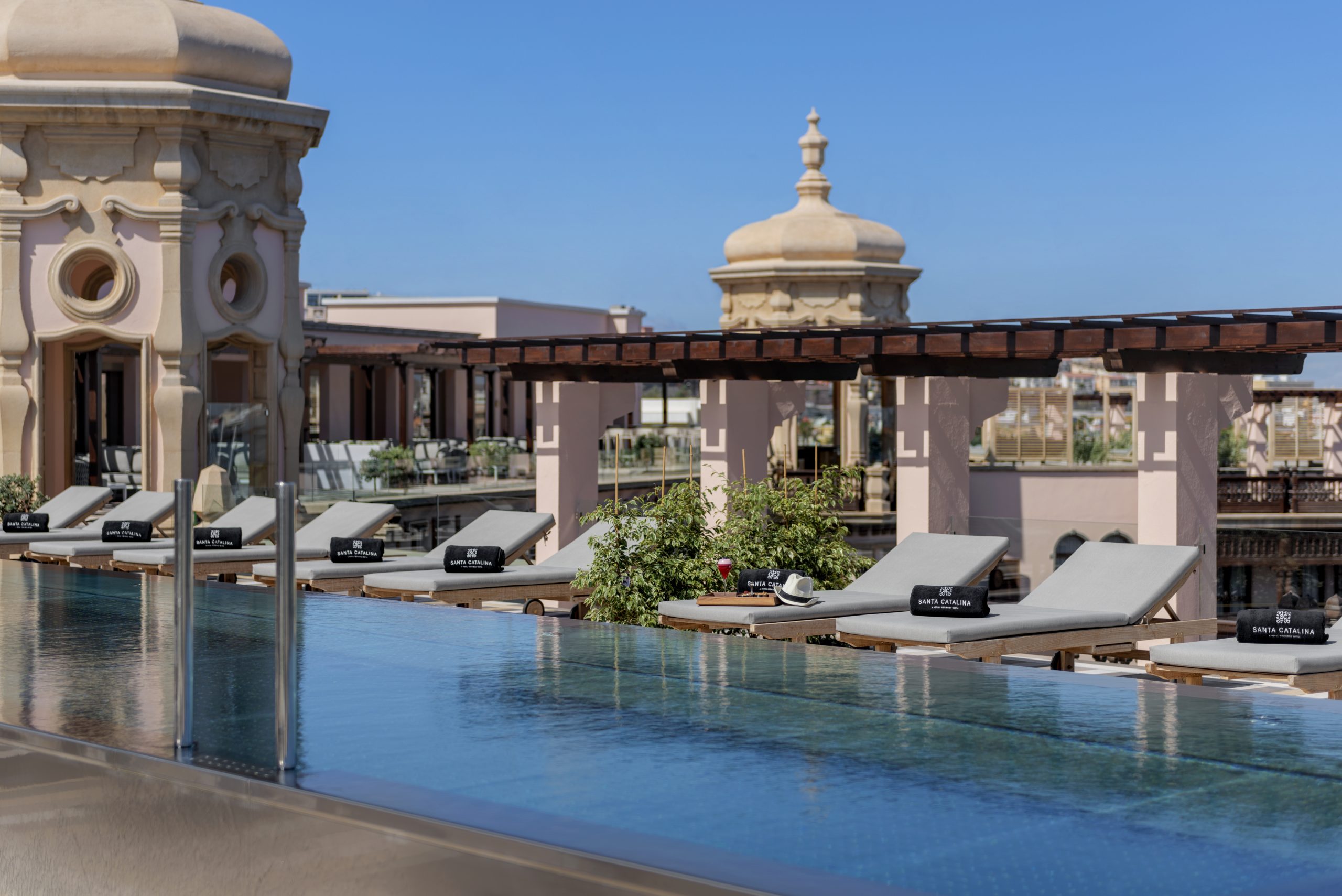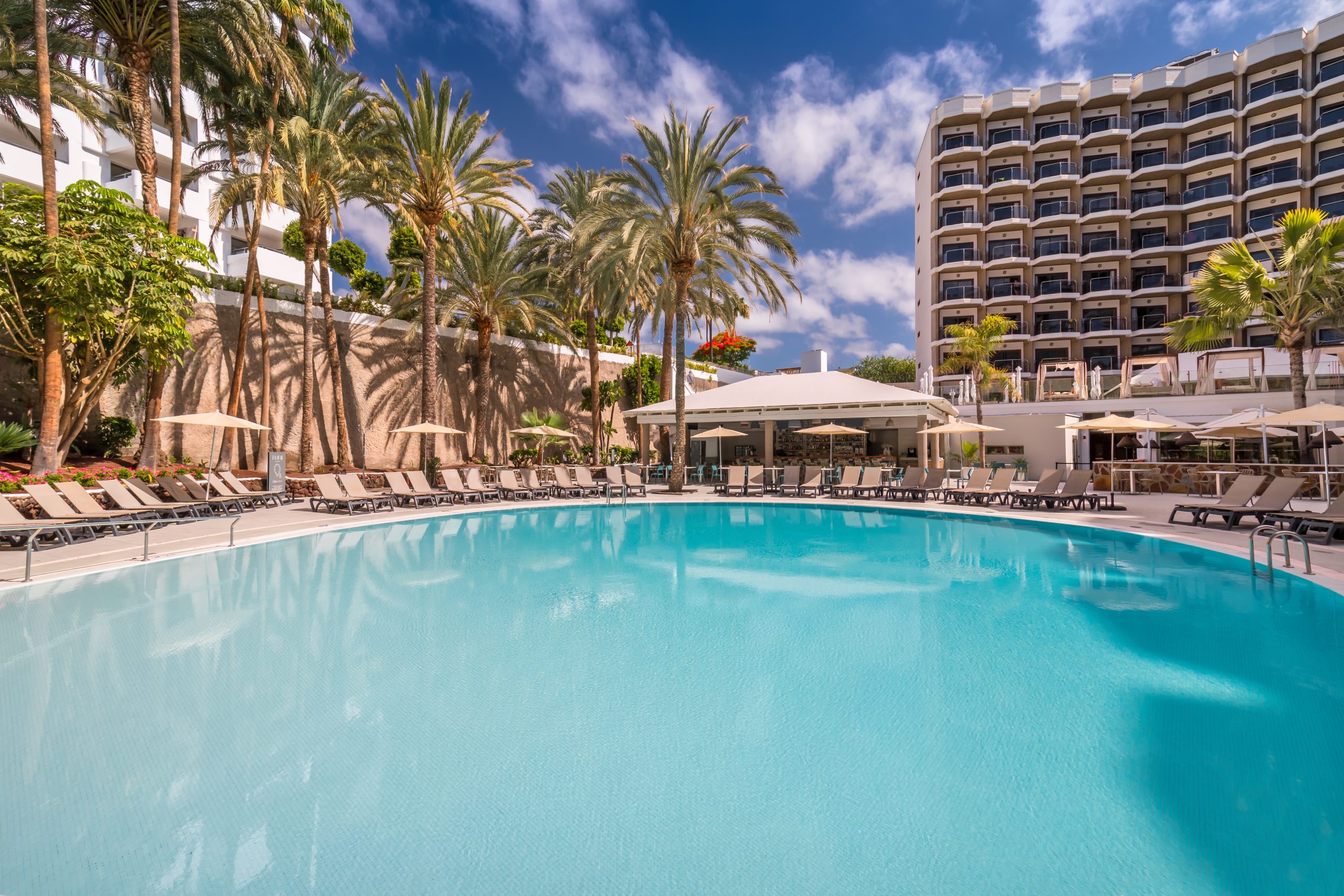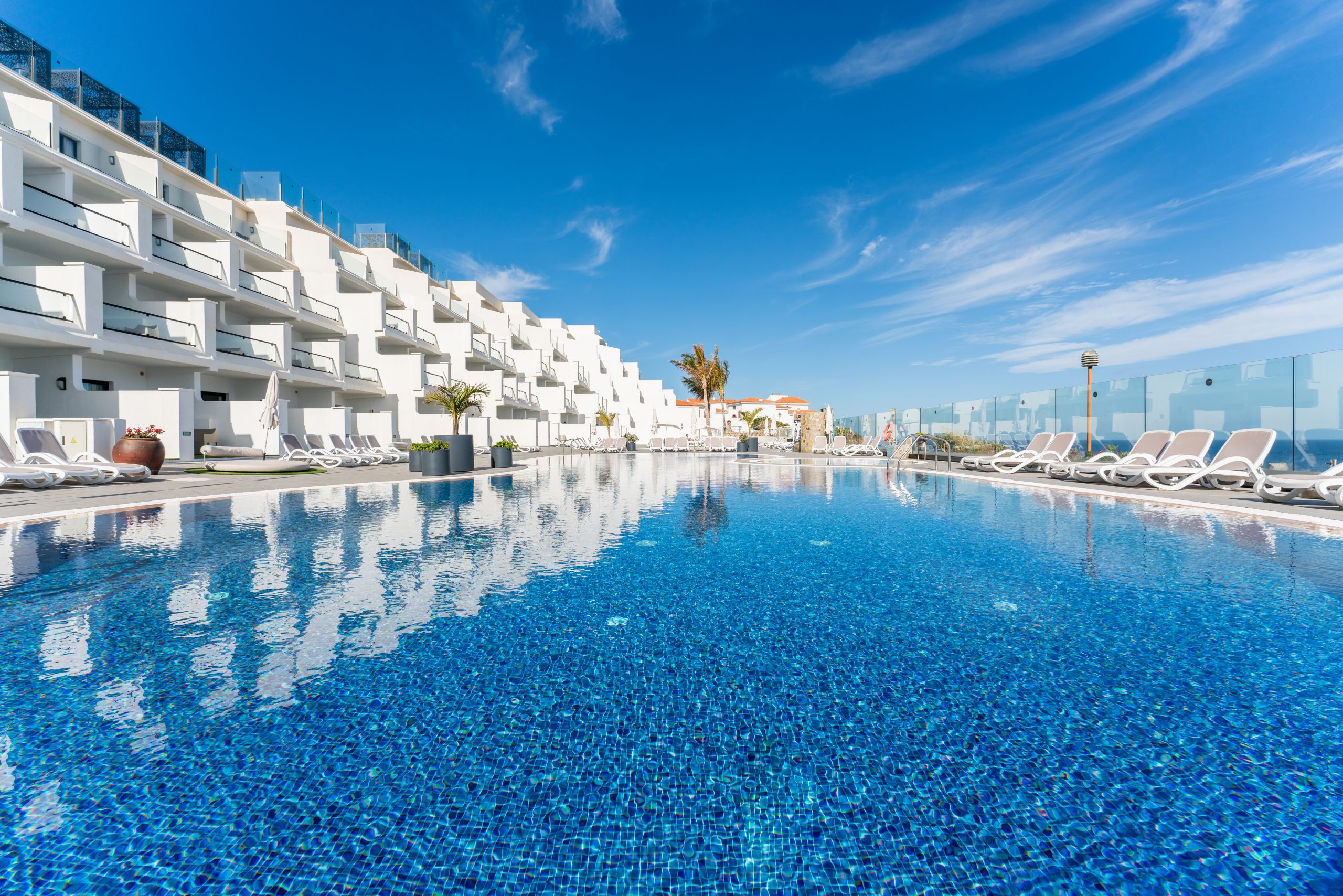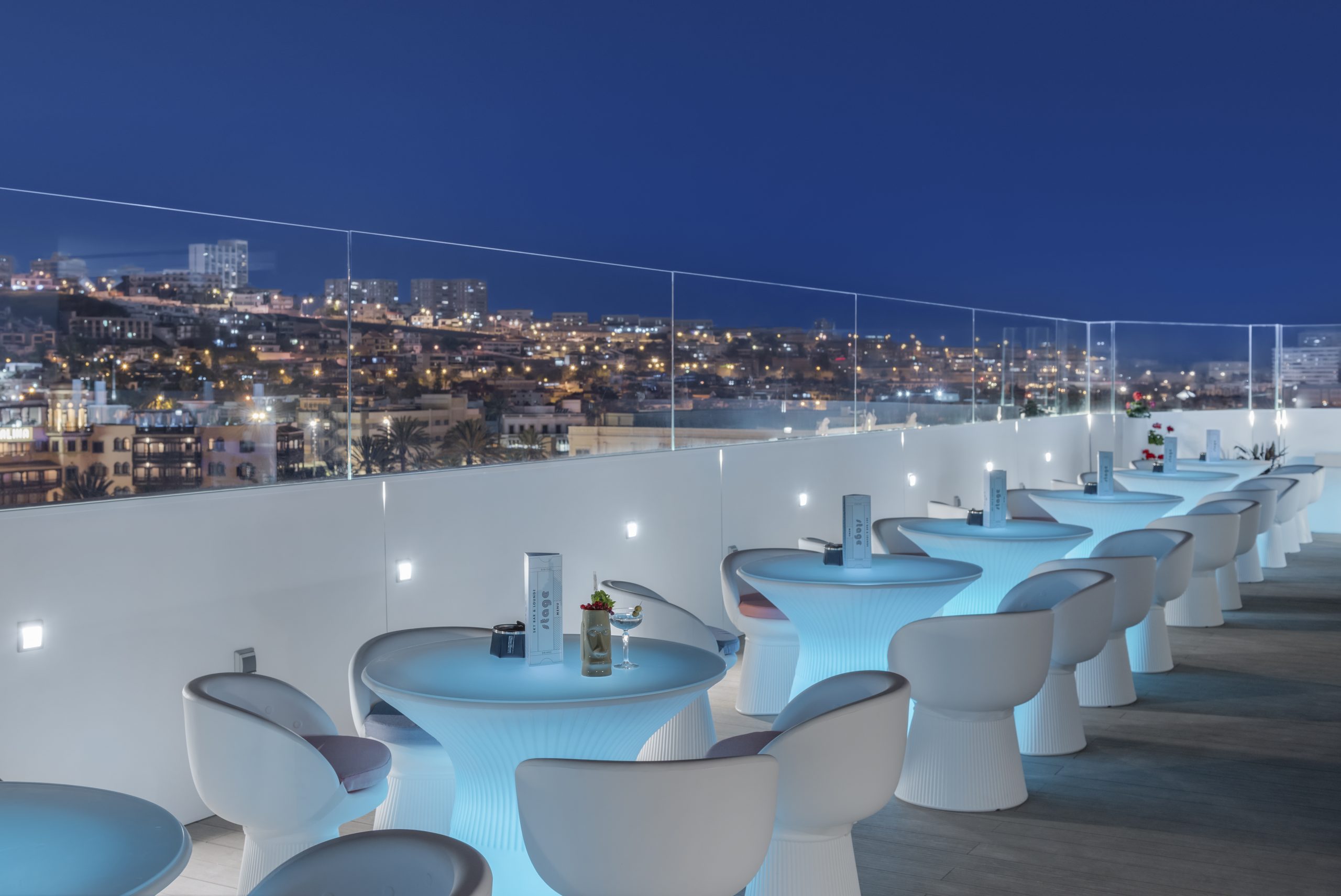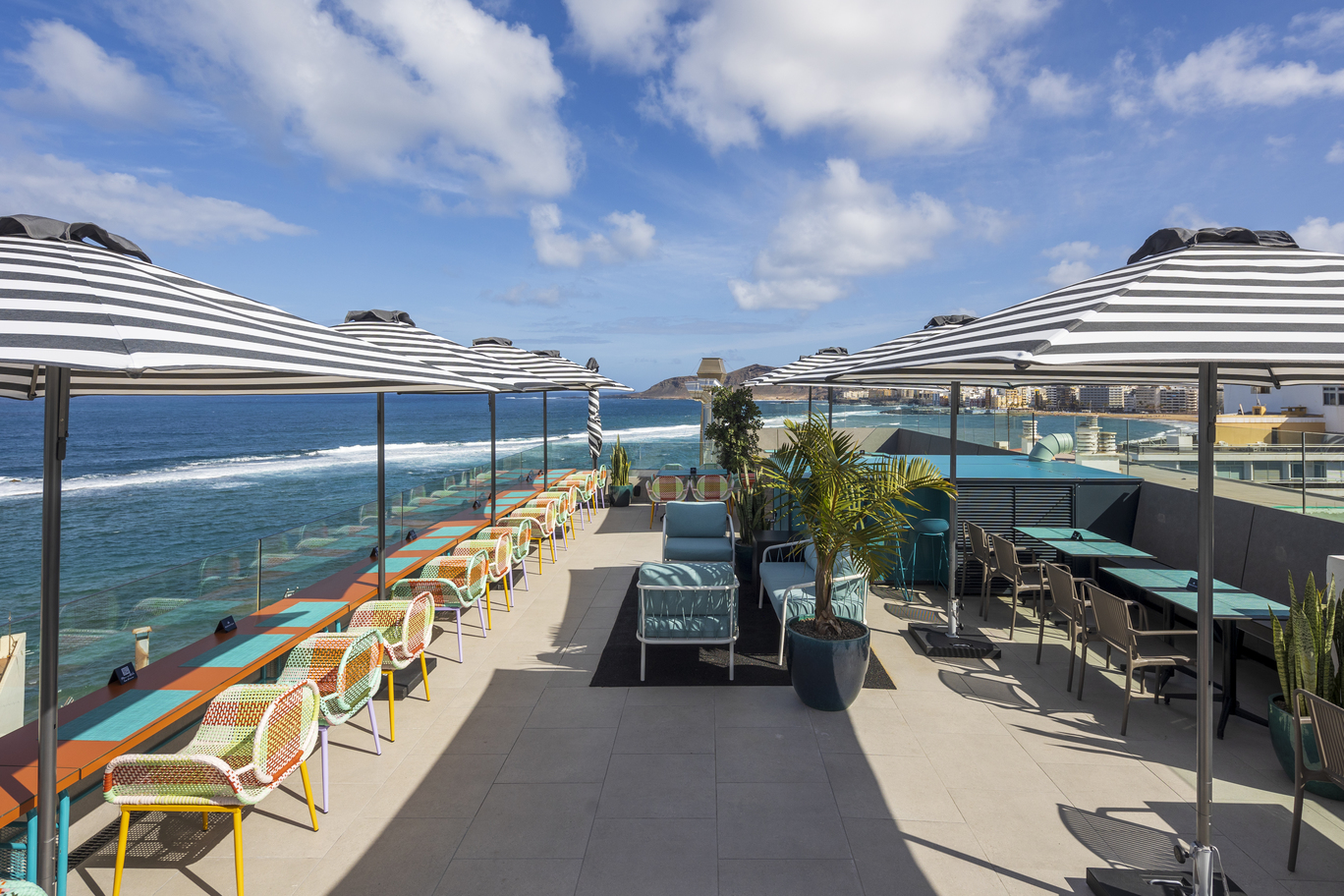Before the arrival of the Spanish conquistadors on Gran Canaria, the capital and hub of pre-Hispanic society was in Agáldar, today called Gáldar. It was from here that the guanarteme or indigenous king controlled the island and safeguarded his people. The island of Gran Canaria was divided into two guanartematos or kingdoms shortly before the conquest: Telde and Gáldar. The inhabitants mainly lived in caves and old lava tubes, though they also created some built settlements above ground.
The caves of Gran Canaria, indigenous places of worship
Early inhabitants of the island revered the sun and the stars, and many caves and rock formations became places of worship. Such was the case with the Painted Cave, one of the most important archaeological sites on the Canary Islands and one that played a key part in the islands’ conquest. Inside this volcanic cave are the remains of houses and tools, as well as paintings that depict a type of calendar divided into 12 sections with different geometric shapes.
The ancient islanders – extraordinarily adept at working volcanic rock – created this huge fortification in Agáldar. It never became a fully-fledged city. In total there were around 60 extremely fragile houses with capacity for 250 people. The construction included a set of artificial caves which may have functioned as funeral chambers and places for ceremonies or rituals, along with stone houses above ground. The settlement was abandoned after the conquest, and the society of the time began developing in small colonial hubs.
The Painted Cave of Gáldar
The cave was ‘rediscovered’ on several occasions following its initial discovery in 1862 during agricultural works. However, the finding was not made official until 1873 when the farmer José Ramos Orihuela gained access to the inside of the cave through a small hole in the ceiling. He named it the Painted Cave. Inside were human remains along with fragments of pots and other hugely valuable archaeological pieces, despite the area having been ransacked previously by the locals.
Painted Cave Museum and Archaeological Park
The cave was opened to the public in 1972. Eight years later, the paintings showed obvious signs of deterioration. Water from irrigation and chemical fertilisers used on nearby agricultural land seeped into the cave. Together with poor visitor planning, it created a warm, damp environment. In 1982, as a response to the poor conservation status of the cave, the neighbouring estates were expropriated and the cave was closed to enable research. Following more than 20 years of conservation works, the cave was reopened to the public in 2006 as the Painted Cave Museum and Archaeological Park.
The pieces and artwork found in the cave date back to between the 11th and 13th centuries, suggesting that the paintings were created during the height of pre-Hispanic society on the Canary Islands. Among the findings were communal kitchens, pottery, pintaderas (native stamps used to decorate or identify a property) and even seeds. Today, the site is covered by a huge steel structure complete with walkways over the archaeological remains.
The main attraction is the collection of cave art in the heart of the complex. The rectangular chamber has an irregular pot-holed floor – experts believe that it was used for ceremonies and for interring mummies. Three of the walls are adorned with geometric painted panels. Squares, rectangles, triangles and circles are set symmetrically against red, black and white backgrounds. The main theory is that the paintings are in fact a lunisolar calendar capable of predicting eclipses.
The archaeological museum has different spaces for conserving, researching and disseminating the findings at the site, including a teaching room with a programme of activities for schools and the general public, not to mention a lab and a library. Around 380 people take a guided visit of the complex every day. The videos screened along the way explain the history and lifestyle of the indigenous people. The visit is available in Spanish, German, French and English.




































































